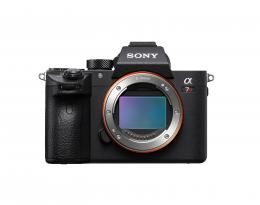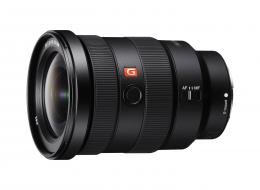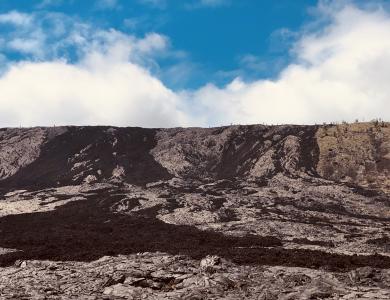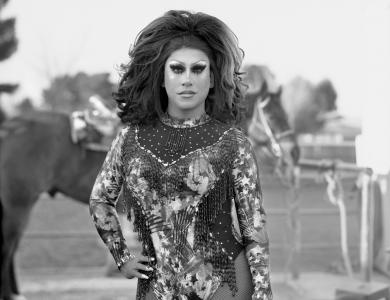For me, there is nothing comparable to watching and capturing a wonderful auroral display on a cold and dark winter night in the Arctic. The Northern Lights are very unpredictable, which makes "the hunt" and the wait equally exciting. So much has to happen for a good display, and then as quick as they appear, they can be gone. No Aurora is ever the same, so whenever there is a good forecast for auroras, I still get excited that today will be a perfect display.
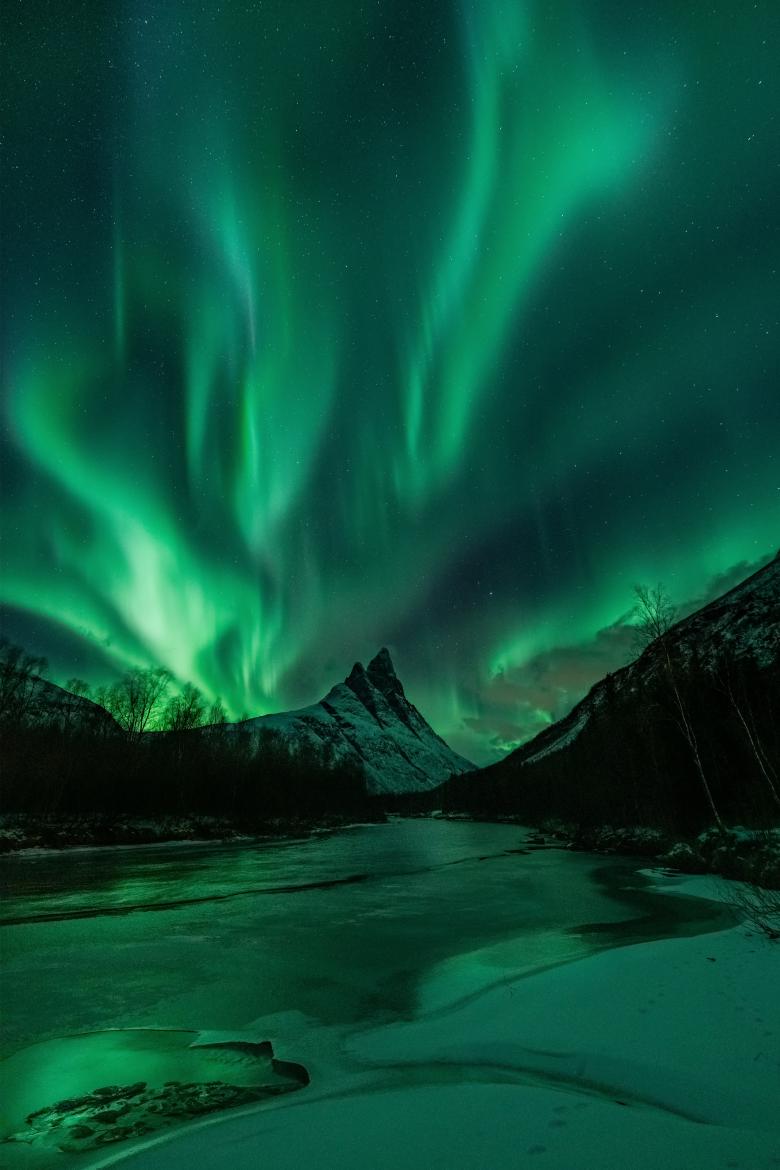
© Ole Salomonsen | Sony α7R III + FE 16-35mm f/2.8 GM | 2s @ f/2.8, ISO 2500
WHAT TO SHOOT AND WHERE
Shooting auroras falls between two types of photography; landscape and astro. As with any landscape photo, one with auroras also must have an appealing foreground and background. The story needs to be about the location and the drama of the sky as it lights up.
I tend to look for mountains to make compelling backdrop, and a lake or river to add foreground interest. It also gives the possibility to capture a reflection of the aurora in the water, which is why you don’t always need a strong display to capture great images.
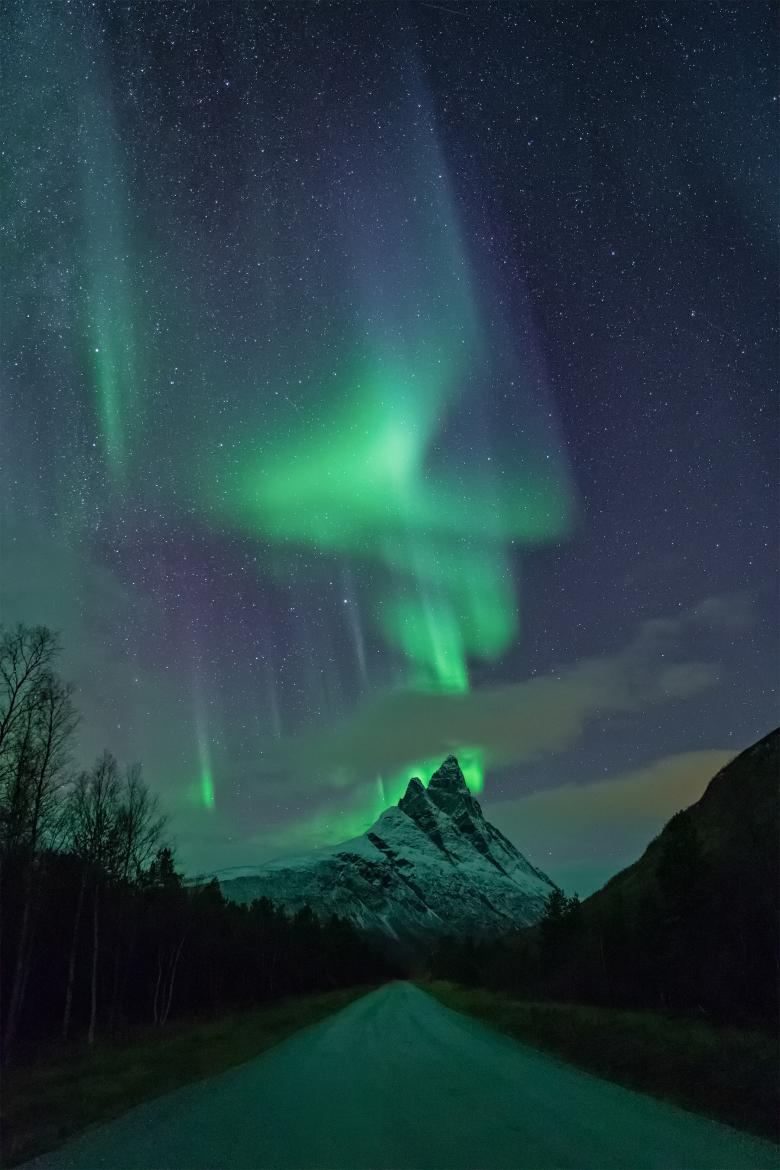
© Ole Salomonsen | Sony α7R III | 6s @ f/2.8, ISO 3200
EXPOSING THE SHOT
As with any type of photography, the exposure settings for capturing the Northern Lights will depend on the exact situation.
If the auroras are weak, you have to use a longer shutter time to make them more visible, but you will almost certainly want a lens with an f/2.8, or larger, aperture which allows me to capture as much light as possible. To capture the breadth of the scene I usually use very wide-angle lenses, either the Sony FE 16-35mm f/2.8 GM, or the brand-new FE 12-24mm f/2.8 GM.
As the displays can often start off very weak, it is important to keep an eye on your exposure settings and remain very flexible. If auroras are strong, I shoot with as fast a shutter speed as possible. This is to freeze more of the action within the auroras, making the rays more visible, rather than a washed out green soup that we often see in long exposure images.
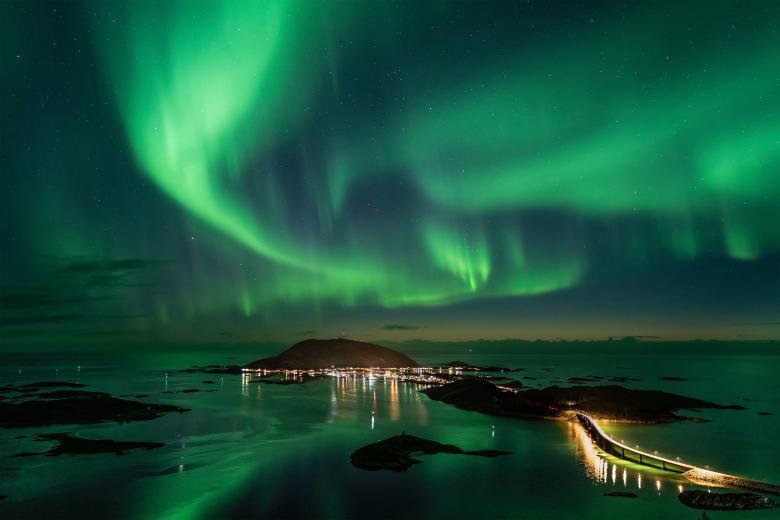
© Ole Salomonsen | Sony α7R III + FE 16-35mm f/2.8 GM | 4s @ f/2.8, ISO 3200
This means you will need to push the sensitivity of your camera higher. Thankfully with the Sony Alpha 7R series cameras, I am happy to push the ISO sensitivity as high as I need to, knowing that noise will be kept to a minimum and I will be able to recover see details in shadow areas.
FOCUSING
When photographing auroras, most of the time you would want to have the stars in focus. Doing this out in the cold and dark winter night can be challenging on a regular DSLR. However, on Sony cameras I can use the built-in Focus Peaking feature, which will highlight areas which are in focus. I also have Manual Focus Assist activated, which makes the camera automatically zoom in to the image when I turn the focus ring of the lens. This makes it even easier to find the stars and get them in focus.
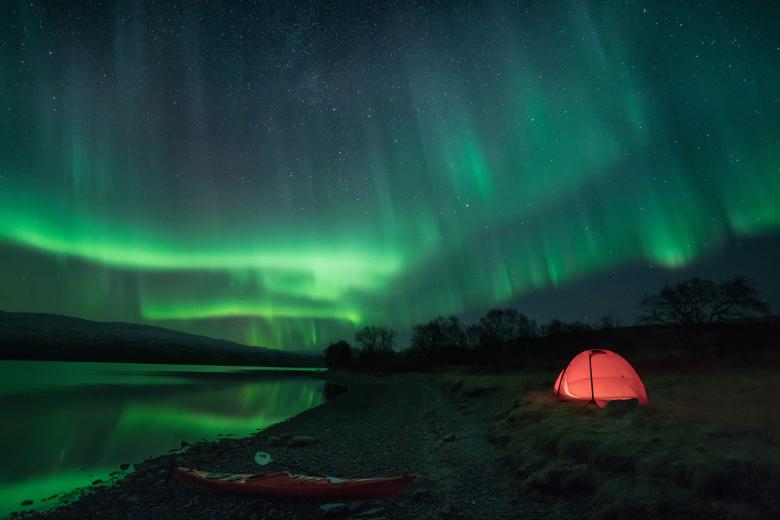
© Ole Salomonsen | Sony α7R II + FE 16-35mm f/2.8 GM | 3.2s @ f/2.8, ISO 3200
One thing to keep in mind when you are using a large aperture, such as f/2.8, is that the foreground elements won’t look very sharp if your focus is on the stars. As a general rule, when using a 16mm wide lens at f/2.8 on a full frame camera, you will get most foreground elements within 3-4 meters from your camera acceptably sharp, even when focusing on the stars. But if you want to get the foreground sharp, you may need to take multiple shots, focused at different points and combine them using Focus Stacking.
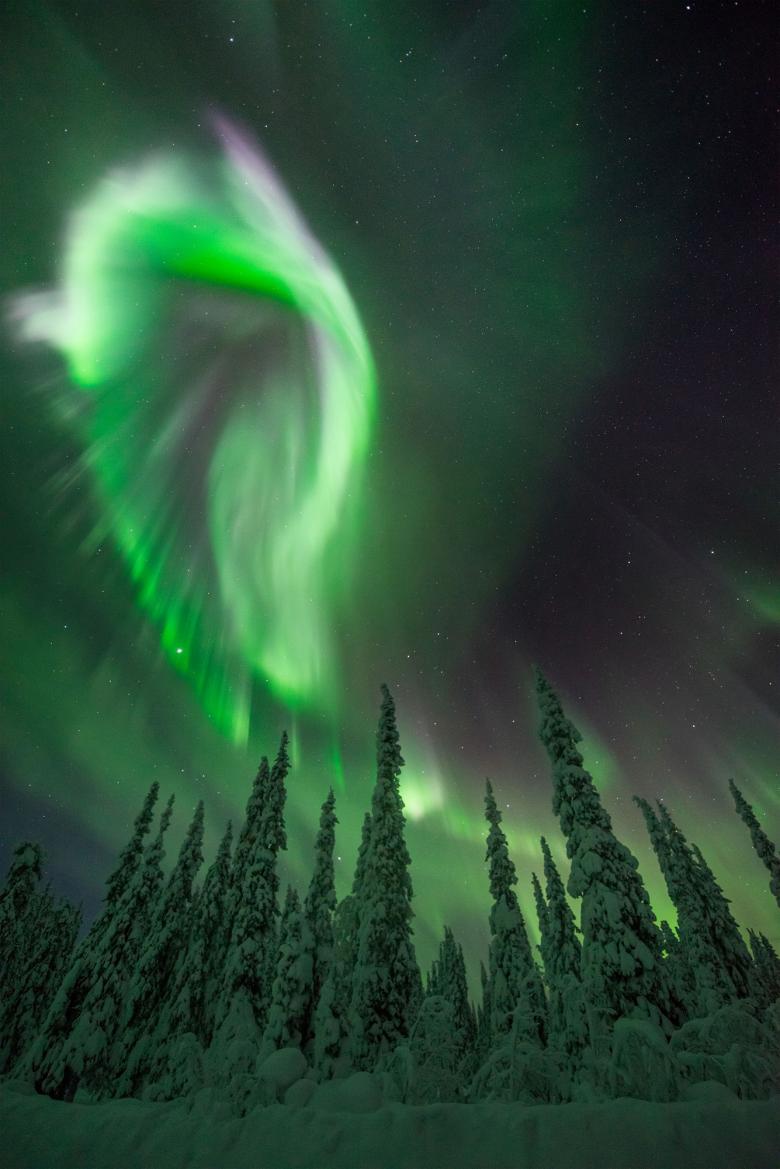
© Ole Salomonsen | Sony α7R | 3.2s @ f/2.8, ISO 2500
BE READY
Just remember; you are not in control, the auroras are, particularly when they move fast. Aim for a short exposure time, below 1 second if possible, and don’t be scared to raise the ISO sensitivity.
Also be ready to everything that the environment throws at you. I have been out shooting auroras with my Alpha kit in temperatures as low as -35C° with no issues, but like all electronic devices, it can be a challenge for the batteries in such temperatures. I always put them in the inside pockets of my jacket to keep them warm so they last longer. Also, in very extreme low temperatures the LCD screen can be affected, so I will place an item of clothing over the camera to keep it just a little warmer whilst I wait for the perfect moment.
But if there is one thing to remember, it’s always let the foreground lead you into the frame, to that epic mountain in the background, with those amazing auroras both over the mountain, and if you are lucky or have planned it well, you will also get those auroras reflected in the river in the foreground.


